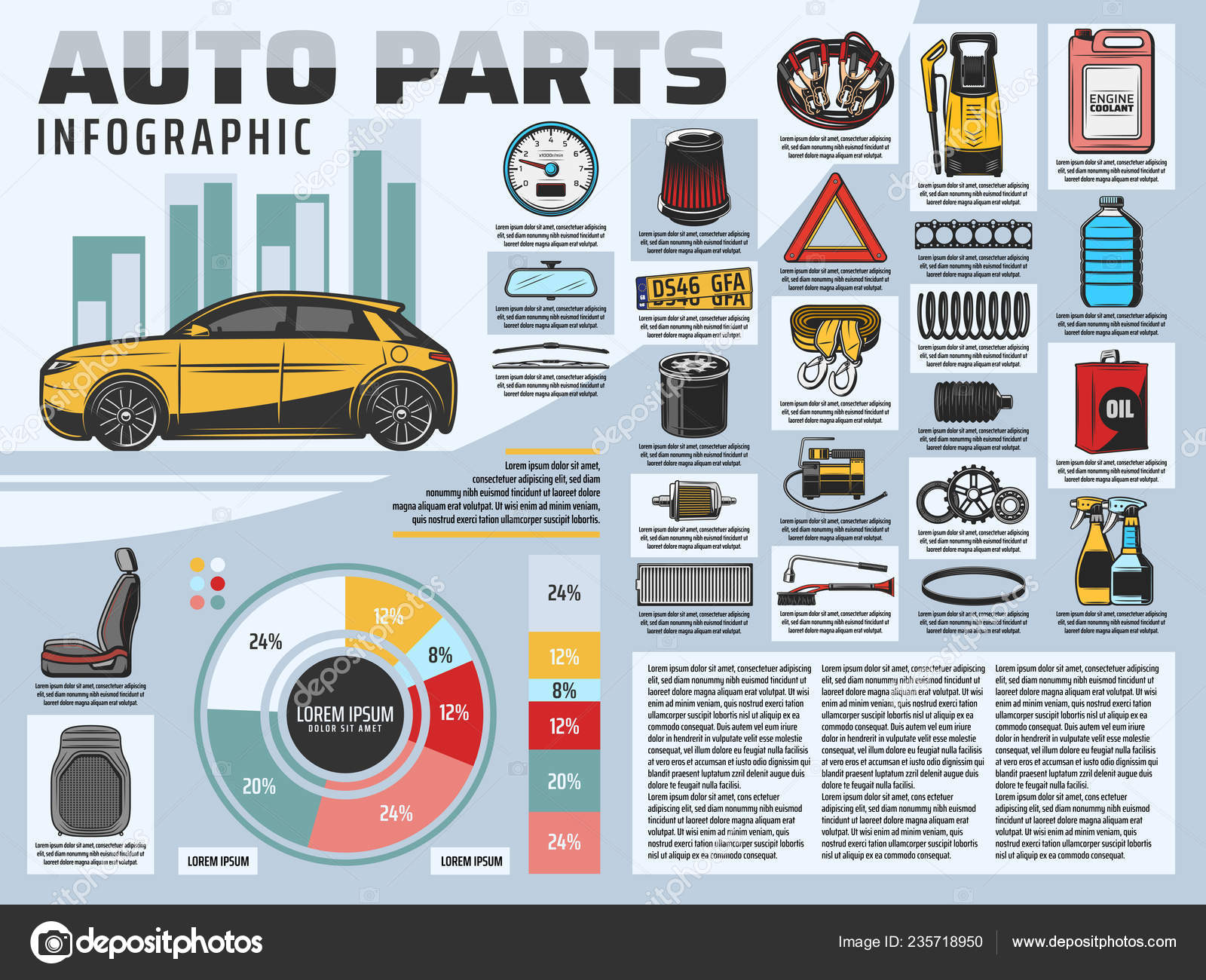Eager To Understand What The Control Panel Caution Lights In Your Vehicle Symbolize? Explore Their Definitions For The Health And Safety And Security Of Your Vehicle
Eager To Understand What The Control Panel Caution Lights In Your Vehicle Symbolize? Explore Their Definitions For The Health And Safety And Security Of Your Vehicle
Blog Article
Composed By-Lauritsen Gilbert
When you lag the wheel, those glowing warning lights on your control panel can be a bit perplexing. Do you know what they're trying to tell you about your automobile's health? Understanding the importance of these lights is vital for your safety and security and the durability of your vehicle. So, the next time one of those lights pops up, wouldn't you wish to decipher its message accurately and take the necessary steps to resolve it?
Common Warning Lights and Interpretations
Determine typical caution lights in your auto and understand their meanings to guarantee secure driving.
The most typical warning lights include the check engine light, which signifies concerns with the engine or emissions system. If this light comes on, it's critical to have your vehicle checked quickly.
The oil pressure warning light suggests reduced oil stress, calling for immediate attention to avoid engine damage.
A flashing battery light could recommend a damaged charging system, potentially leaving you stranded if not dealt with.
The tire stress tracking system (TPMS) light signals you to reduced tire pressure, influencing vehicle stability and gas effectiveness. Neglecting this might cause dangerous driving conditions.
The abdominal muscle light indicates a trouble with the anti-lock stopping system, endangering your capacity to quit rapidly in emergency situations.
Lastly, the coolant temperature warning light warns of engine overheating, which can result in extreme damages otherwise settled swiftly.
Recognizing these typical warning lights will certainly help you resolve concerns without delay and preserve secure driving problems.
Significance of Prompt Interest
Understanding the common warning lights in your automobile is just the initial step; the value of promptly addressing these warnings can't be highlighted enough to ensure your safety on the road.
When a warning light brightens on your dashboard, it's your auto's way of communicating a prospective problem that needs interest. Disregarding mouse click the following article can result in more extreme troubles down the road, endangering your safety and security and possibly costing you much more in repairs.
Prompt attention to advising lights can prevent failures and crashes. For example, a blinking check engine light might suggest a misfire that, if left unattended, might cause damages to the catalytic converter. Addressing this without delay can save you from a costly repair work.
Likewise, a brake system cautioning light could indicate reduced brake fluid or worn brake pads, vital parts for your safety when driving.
Do It Yourself Troubleshooting Tips
If you see a warning light on your dashboard, there are a couple of do it yourself troubleshooting tips you can try before looking for specialist assistance.
The first step is to consult your automobile's handbook to understand what the particular warning light indicates. In mobil car detailing can be as easy as a loose gas cap setting off the check engine light. Tightening up the gas cap might resolve the problem.
An additional typical concern is a reduced battery, which can trigger numerous warning lights. Examining the battery connections for rust and guaranteeing they're protected might repair the problem.
If a warning light lingers, you can try resetting it by disconnecting the vehicle's battery for a few mins and after that reconnecting it. Additionally, examining your lorry's fluid levels, such as oil, coolant, and brake fluid, can help fix alerting lights related to these systems.
Click Webpage
To conclude, understanding your cars and truck's caution lights is essential for keeping your car running efficiently and safely. By quickly dealing with these notifies and recognizing what they indicate, you can stay clear of costly repair services and possible malfunctions.
Keep in mind to consult your cars and truck's handbook for specific information on each warning light and take action as necessary to guarantee a trouble-free driving experience.
Keep notified, stay safe when driving!
